 Well, I recently read The Quest of Kadji, and in doing some research on him (reading the Wikipedia entry), I was reminded that he edited the Flashing Swords anthologies, two of which I bought in 2014 (along with the volumes of the Agents of T.E.R.R.A. series, The Golden Goddess Gambit and The Emerald Elephant Gambit, both of which I have also read this year, which means I’m clearly catching up on my reading from the last decade, slowly). Given that I’d read a Carter original, I thought perhaps no time would be better to read these anthologies which I’ve passed over many times in the past.
Well, I recently read The Quest of Kadji, and in doing some research on him (reading the Wikipedia entry), I was reminded that he edited the Flashing Swords anthologies, two of which I bought in 2014 (along with the volumes of the Agents of T.E.R.R.A. series, The Golden Goddess Gambit and The Emerald Elephant Gambit, both of which I have also read this year, which means I’m clearly catching up on my reading from the last decade, slowly). Given that I’d read a Carter original, I thought perhaps no time would be better to read these anthologies which I’ve passed over many times in the past.
When I bought The Quest of Kadji in 2018, Friar said, “Carter worked in the same vein as ERB, in many cases to a degree of homage that rose to pastiche.” In the introduction to this book, Carter uses the word pastiche, which can just mean that it’s a conscious imitation like an homage. But the word has come to take on a more purple prose definition since then. I also said, “I did read some of John Jakes’ Brak stories, though.” in the comments, which is amusing given that this book has a Brak story in it.
Carter explains that he is part of a small group of sword-and-sorcery writers with some twee name, and he has started anthologizing some of their works. Strangely enough, I ended up with the even numbers of the series which filled the 1970s.
This book includes:
- “The Rug and the Bull” by L. Sprague de Camp which features a group of travellers similar to Gypsies who try to sell a flying carpet to a king.
- “The Jade Man’s Eyes” by Michael Moorcock wherein Elric is enlisted to travel West to his homeland in search of the ancient fabled city of his people, but disasted befalls the expedition as it often does when Elric is involved. You know, I might have heard the name Elric in my youth, probably on BBSes when the material was fresh, but I have not read any of the related novels. I’ve read The Black Corridor and An Alien Heat twenty years ago, and they put me off on the Moorcock. But the Elric stories might be interestinger.
- “Toads of Grimmerdale” by Andre Norton wherein a woman seeking revenge for her ravishing and impregnation at the hand of an invading army’s man asks help of unholy creatures only to learn that she might have marked the wrong man for revenge.
- “Ghoul’s Garden” wherein Brak the barbarian encounters a woman and a cleric travelling and finds that a man pursuing the woman has a rug which contains its own dark world in the embroidery.
At 200 pages, it’s not a long read, but it does require some context-switching between each story. It might help, I suppose, if I were versed in the sword-and-sorcery of the era, as they’re all part of pre-established worlds.
But I do agree that sword-and-sorcery comes best in short stories or novellas (as these anthologies contain). Too much world building would bog things down. Too bad that all genres (and modern representatives therein) did not learn the lesson. People want to read quick escapes, not plunge into hundreds of pages of world building. Or, probably, I’m speaking for myself, more a fan of Hemingway than Faulkner.



 I bought this book way back
I bought this book way back  Like
Like  Ah, gentle reader. I have tasked my youngest with reading Walden this summer (unlikely), so I have started a re-read of it myself. What that means, though, is that you’re likely to see numerous short humor book reports before a report on the Thoreau.
Ah, gentle reader. I have tasked my youngest with reading Walden this summer (unlikely), so I have started a re-read of it myself. What that means, though, is that you’re likely to see numerous short humor book reports before a report on the Thoreau.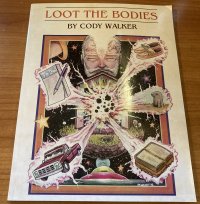
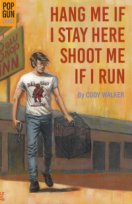
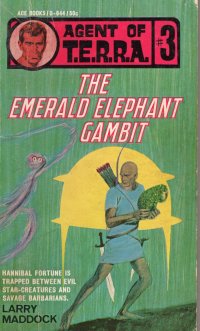 Since I just read the second volume in the Agent of T.E.R.R.A. series (
Since I just read the second volume in the Agent of T.E.R.R.A. series (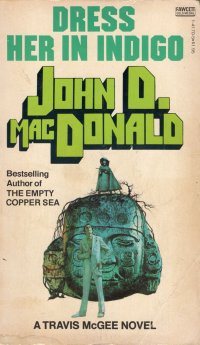 I guess it has been
I guess it has been 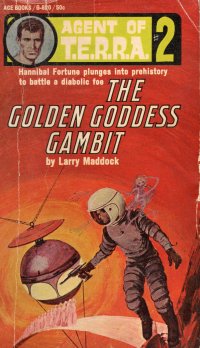 I picked up this little 1960s-era paperback
I picked up this little 1960s-era paperback 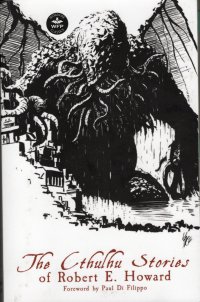 Facebook must be reading my blog as it seems to know that I’ve read a pile of Howard this year (
Facebook must be reading my blog as it seems to know that I’ve read a pile of Howard this year (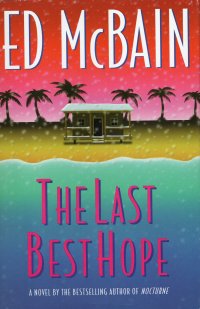 I passed over this book which was on the outer rank of books in the hall for a number of years. Even when I’m in the mood for a McBain, which happens from time to time (such as when I am working on the
I passed over this book which was on the outer rank of books in the hall for a number of years. Even when I’m in the mood for a McBain, which happens from time to time (such as when I am working on the  As I mentioned when I bought this book
As I mentioned when I bought this book 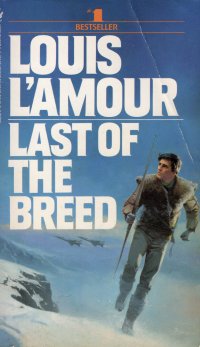 After reading
After reading 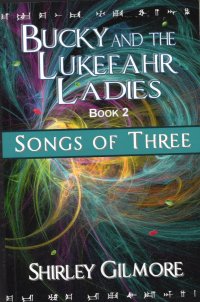 This is the second book in the Bucky and the Lukefahr Ladies series; I read the first,
This is the second book in the Bucky and the Lukefahr Ladies series; I read the first, 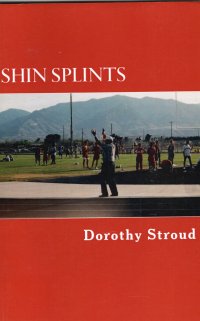 I got this book
I got this book  I got three of these little Salesian Missions poetry collections
I got three of these little Salesian Missions poetry collections 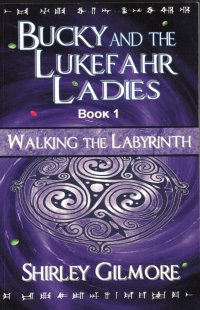 I got this book and four others in its series and a related stand alone novel
I got this book and four others in its series and a related stand alone novel 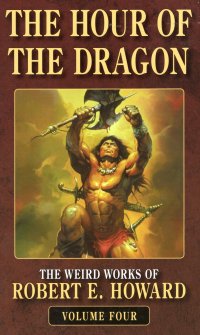 I was going to say that I just read this, but it turns out that “just” in this case means ten years ago as this title, the only Conan novel that Howard wrote, was included in
I was going to say that I just read this, but it turns out that “just” in this case means ten years ago as this title, the only Conan novel that Howard wrote, was included in 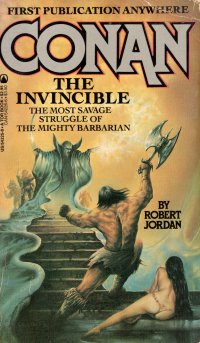 This book is another of the paperbacks I bought in Berryville
This book is another of the paperbacks I bought in Berryville 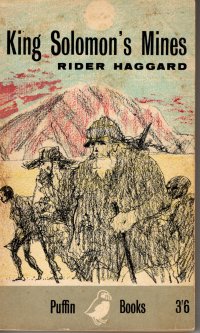 I picked up this book, another
I picked up this book, another 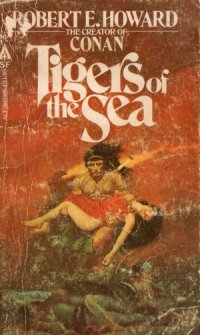 Ah, gentle reader. You are forgiven if you think that I’ve not been reading much these days, but it’s sort of true. I’ve divided my evenings between watching DVD sets that I bought twenty years ago (like
Ah, gentle reader. You are forgiven if you think that I’ve not been reading much these days, but it’s sort of true. I’ve divided my evenings between watching DVD sets that I bought twenty years ago (like